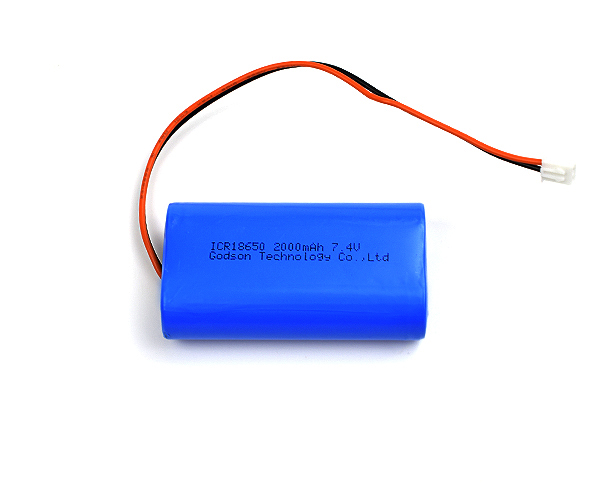Lithium battery packs have revolutionized the way we power our devices, offering higher energy density, longer lifespan, and faster charging capabilities compared to traditional batteries. Understanding the intricacies of lithium batteries is crucial for maximizing their benefits while ensuring safety. In this comprehensive guide, we delve into the world of lithium battery packs, covering everything from their chemistry to disposal.

Lithium batteries operate based on the movement of lithium ions between the positive and negative electrodes. This unique chemistry allows for high energy density and efficient energy storage.
There are several types of lithium batteries, including lithium-ion (Li-ion), lithium-polymer (LiPo), and lithium iron phosphate (LiFePO4). Each type has its own advantages and is tailored for specific applications.
Lithium batteries outperform traditional lead-acid and nickel-based batteries in several aspects, including higher energy density, lower self-discharge rate, and longer lifespan. They are also more lightweight, making them ideal for portable devices.
Overcharging lithium batteries can lead to thermal runaway, a potentially dangerous situation where the battery overheats and catches fire or explodes. Implementing proper charging protocols and using quality chargers is essential for preventing overcharging incidents.
Thermal runaway occurs when the internal temperature of a lithium battery rises uncontrollably, leading to rapid degradation or catastrophic failure. Thermal management systems and temperature monitoring can help mitigate this risk.
To minimize the risk of accidents, it's crucial to handle lithium batteries with care. Avoid exposing them to extreme temperatures, puncturing or crushing them, and using damaged batteries. Follow manufacturer guidelines for safe usage and storage.
Lithium battery packs power a wide range of consumer electronics, including smartphones, laptops, cameras, and wearable devices. Their compact size and high energy density make them ideal for portable gadgets.
The automotive industry has embraced lithium battery technology for electric vehicles (EVs) due to its superior energy efficiency and environmental benefits. Lithium batteries enable longer driving ranges and faster charging times, driving the transition towards sustainable transportation.
Lithium battery packs play a crucial role in storing energy generated from renewable sources such as solar and wind power. They provide a reliable and efficient solution for grid stabilization and off-grid energy storage applications.
Extreme temperatures can significantly impact the performance and lifespan of lithium batteries. Operating them within recommended temperature ranges and implementing thermal management systems is essential for optimal performance.
Lithium batteries perform best when charged and discharged at moderate rates. Rapid charging or discharging can degrade battery health and lead to reduced capacity over time.
The number of charge-discharge cycles a Lithium-Ion Battery can undergo before reaching the end of its usable life varies depending on factors such as depth of discharge, operating conditions, and battery chemistry. Proper maintenance and usage practices can extend the battery's cycle life.
When storing lithium batteries for an extended period, it's essential to store them at partial charge in a cool, dry place. Avoid fully charging or discharging the batteries before storage to prevent capacity loss and degradation.
To maximize the lifespan of lithium batteries, avoid deep discharges and extreme temperatures during usage. Implementing regular maintenance routines, such as firmware updates for electronic devices, can also help optimize battery performance.
Improper disposal of lithium batteries can have significant environmental consequences, as they contain toxic chemicals that can leach into the soil and water. Recycling lithium batteries helps minimize environmental pollution and conserves valuable resources.
Lithium battery recycling involves separating battery components, such as lithium, cobalt, and nickel, for reuse in new battery production or other industries. Advanced recycling technologies are continuously being developed to improve efficiency and minimize waste.
Lithium battery packs offer a compelling combination of high energy density, long lifespan, and fast charging capabilities, making them the preferred choice for powering modern devices and vehicles. By understanding the chemistry, safety considerations, and best practices for usage and disposal, consumers can harness the full potential of lithium batteries while minimizing risks to the environment and personal safety.
Next
None
Comments
Please Join Us to post.
0